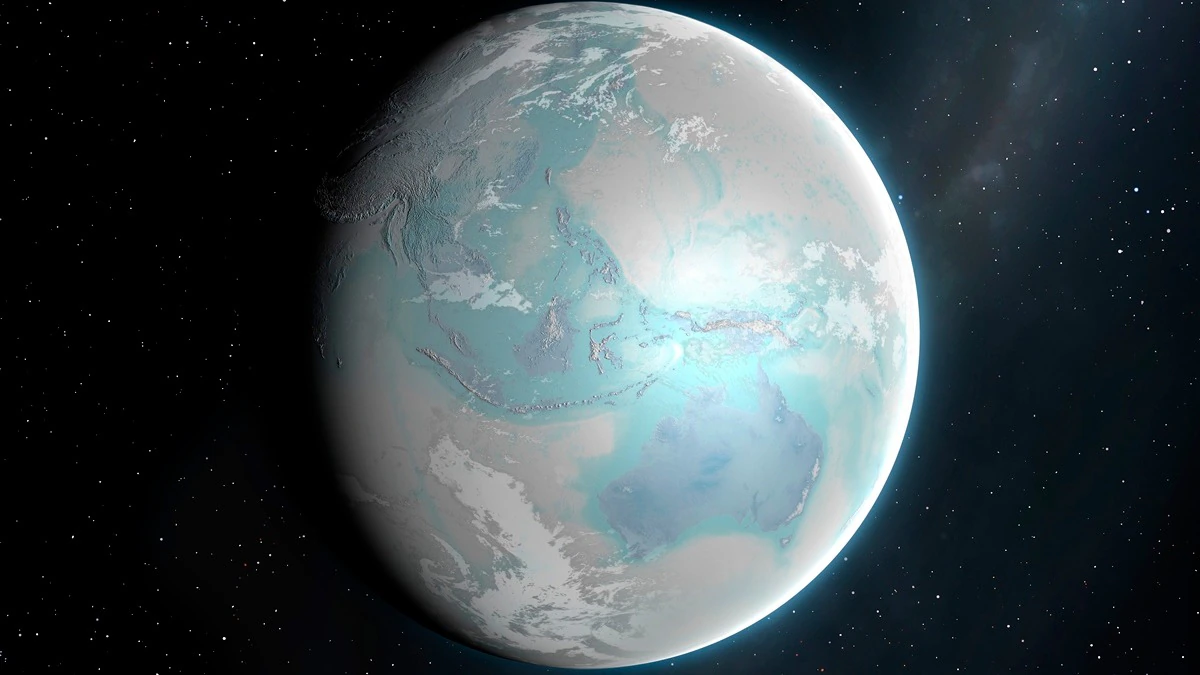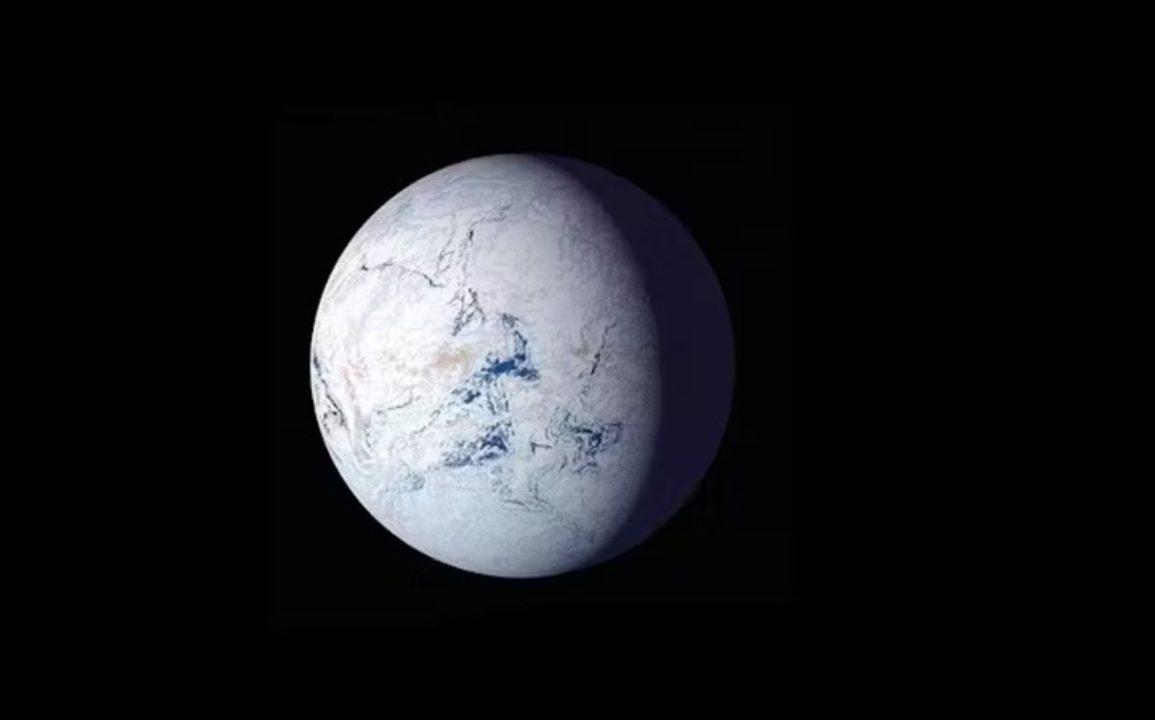Between 720 million and 635 million years ago, Earth likely experienced a period of extreme cold, often referred to as “Snowball Earth,” where temperatures dropped drastically. During this time, glaciers may have extended across much of the planet, including areas near the equator.
Geologists have long debated the extent of this global ice coverage, with one of the central questions being whether ice sheets reached all the way to the equator or if the planet was only partially covered. New evidence, however, strengthens the idea that Snowball Earth was indeed a global phenomenon, with ice affecting even the heart of the continents at the equator.
The new evidence comes from the Tavakaiv sandstones, or “Tava” sandstones, located in Colorado’s Rocky Mountains. These sandstones are crucial because, during the Snowball Earth period, Colorado was positioned at the equator as part of the ancient supercontinent Laurentia.
The Tava sandstones, which are currently visible in several locations along Colorado’s Front Range, contain geological features called injectites. These formations, which occur when material is forced underground by pressure, are typically associated with ice sheets, such as those found in Antarctica today.
To understand the timing of these injections, a team of researchers used a dating technique known as laser ablation mass spectrometry. By collecting mineral samples from the Tava sandstones, which are rich in iron oxide, and analyzing them with lasers to release radioactive uranium, they were able to determine when these rocks were pushed underground. The findings suggest that this process occurred between 690 and 660 million years ago, aligning with the suspected timing of the Snowball Earth event.

This discovery has important implications for understanding Earth’s climate and its evolutionary history. Researchers like Liam Courtney-Davies, the lead author of the study, suggest that Snowball Earth not only marked a drastic climate shift but also played a role in significant evolutionary transitions.
The period saw the emergence of multicellular organisms, which later gave rise to the ancestors of modern plants and animals. By better understanding the conditions of this time, scientists hope to gain insights into how Earth’s climate and life evolved together during this extreme event.
The study, published in the Proceedings of the National Academy of Sciences, adds to the growing body of evidence supporting the Snowball Earth hypothesis. It also underscores the importance of studying ancient climates to better understand the deep connections between Earth’s environmental changes and the development of life.
As researchers continue to explore this pivotal period, they may uncover even more clues about the planet’s past and how such extreme conditions might have influenced the course of evolution.

